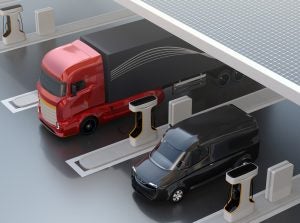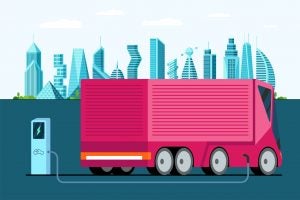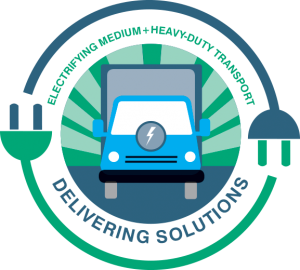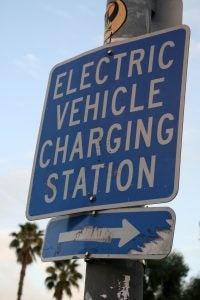 As our nation grapples with a historic public health crisis, 15 states and the District of Columbia are showing leadership by committing to address a dangerous culprit that makes us more vulnerable to COVID-19 and climate change: diesel pollution from trucks and buses.
As our nation grapples with a historic public health crisis, 15 states and the District of Columbia are showing leadership by committing to address a dangerous culprit that makes us more vulnerable to COVID-19 and climate change: diesel pollution from trucks and buses.
These pollutants have significant negative consequences on air quality and health. Despite comprising just 10% of vehicles on the road across the U.S., trucks and buses are responsible for 57% of fine particulate matter, 45% of oxides of nitrogen and 28% of greenhouse gas emissions for that sector.
Besides increased planetary warming, pollution from diesel vehicles leads to a higher rate of asthma, heart attacks and premature deaths — ailments that disproportionately affect people of color and disadvantaged communities, which often border freight corridors, ports and depots. A growing body of evidence suggests that people with respiratory illnesses, often caused or exacerbated by transportation-related pollution, are more susceptible to the effects of COVID-19. Read More













